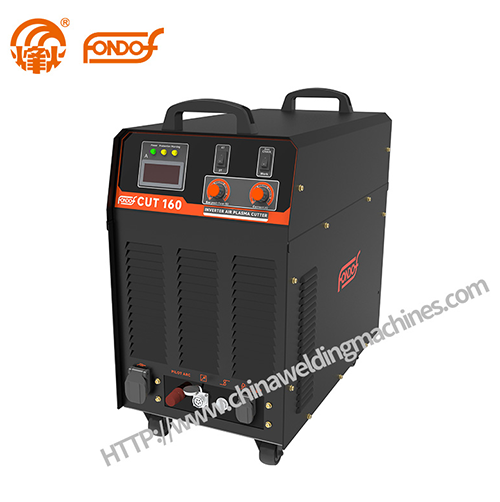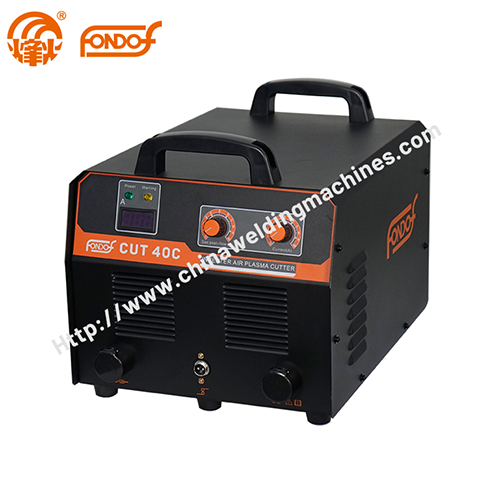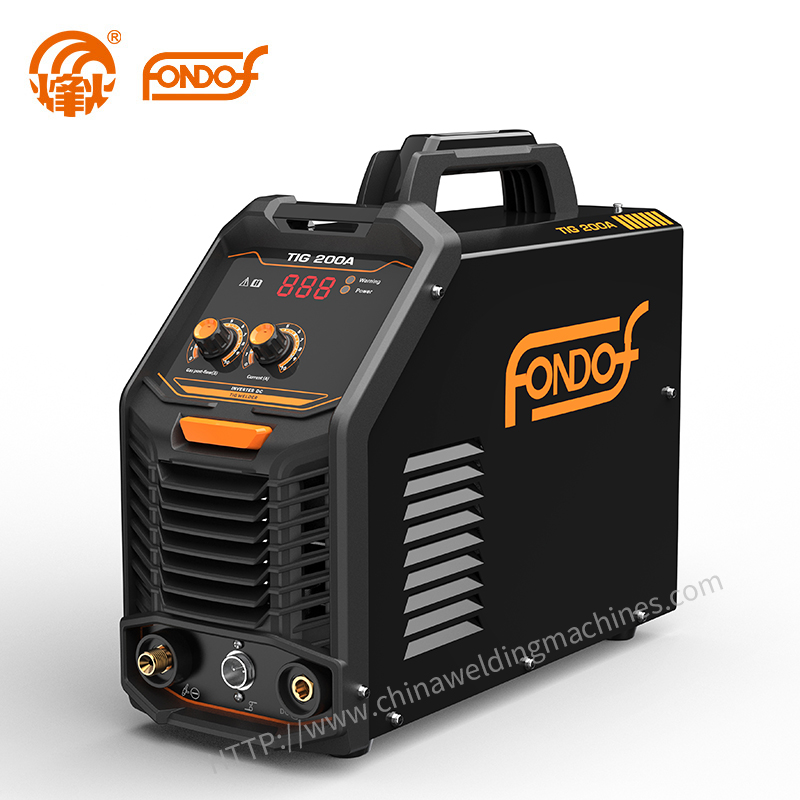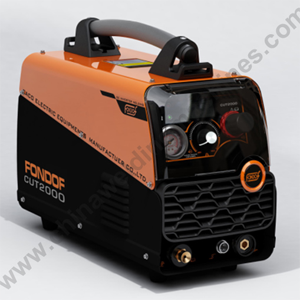How much air pressure do I need for a plasma cutter?
 Dec. 04, 2021
Dec. 04, 2021
Typical plasma cutting machine air pressure ranges from 4-8 SCFM with a pressure of 90-120 PSI. this article details the air pressure requirements for plasma cutting machines and some of the conditions necessary to keep the system stable.
When using a plasma cutter, ensuring the correct plasma cutter air pressure is crucial for achieving clean and precise cuts. The plasma cutter air requirements typically specify the minimum and maximum pressures needed for optimal performance, which can vary depending on the material thickness and type. To meet these requirements, a compressor for a plasma cutter is essential, as it provides the consistent airflow necessary for the cutting process. For the best results, operators should refer to the manufacturer’s guidelines to set the optimum plasma center, aligning the nozzle and electrode correctly to maintain the focus of the plasma arc. This setup ensures that the plasma cutter operates at peak efficiency, delivering high-quality cuts while maximizing the lifespan of consumables.
What is the air pressure for a plasma cutter?
A plasma cutter is really the best tool for your shop. It helps in cutting different metals of various shapes quickly. The basic requirement of a plasma cutter is compressed air. The plasma cutter air pressure gauge provides you with an accurate reading to set the air pressure. Plasma cutters are very similar to electric welding.
A superheated arc heats the compressed air of the system to a point where it transforms into plasma. Usually, a starting arc is required to create the plasma. To be precise, the air pressure required for a plasma cutter is about 4-8 SCFM at 90-120 PSI. This plasma cutter air pressure is a generalization for cutting steel between 3/8" and 7/8" thick.
Plasma Cutter Air Pressure
When using a plasma cutter, the correct air pressure is critical to getting good cutting results. Generally, the air pressure needs to be adjusted depending on the model of plasma cutter being used and the thickness of the material being cut. Most manufacturers will provide recommended air pressure settings on the machine or in the user manual. For example, for thinner metal materials, a lower air pressure of around 30 to 40 PSI may be required, while for thicker materials, a higher pressure of 60 to 80 PSI may be required.
Temperature of a Plasma Cutter
The plasma cutting process generates extremely high temperatures, typically reaching around 20,000°C (about 36,000°F). This high temperature is enough to melt almost any metal, and the rapid cutting is achieved by ejecting high-speed plasma gas. However, operators need to be careful to ensure adequate ventilation during use to avoid inhaling hazardous gases and fumes.
Gas for Plasma Cutting
The most commonly used gas in plasma cutting is compressed air because it is low cost and readily available. For more specialized applications, nitrogen, argon, or a mixture of these gases may be used, which provide better cutting quality and speed. The choice of which gas depends mainly on the type and thickness of the material being cut.
Plasma Cutter Compressed Air
Compressed air is one of the key factors in driving a plasma cutter. In order to ensure continuous and stable cutting performance, it is recommended to use a high-quality air compressor. The size of the compressor should be selected according to the needs of the plasma cutter, including the required air flow and pressure. At the same time, ensure that the compressed air is free of moisture and oil, which can be achieved by installing a filter.
Compressor for Plasma Cutter
Choosing the right compressor is very important for plasma cutting. The ideal compressor should be able to provide sufficient air flow and pressure to meet the working needs of the plasma cutter. In addition, considering the reliability of long-term operation, it is recommended to choose a brand and model with good durability and maintenance.
Some other requirements of a plasma cutter
A central unit provides compressed air to the system. In addition to the central unit, the plasma cutter requires two gear pieces, an air drying/filtration system and an air compressor. Moisture may prevent the proper operation of the instrument. The air compressor provides the necessary air for the plasma cutter. The drying/filtering system ensures that the plasma cutter stays dry.
Impact of air quality on plasma cutting
Air quality is critical to plasma cutting. If any type of oil or water particles are present in the compressed air, they can affect the quality of the cut. The system's consumables may also burn quickly. The system should also be protected from dust ingress. A plasma system that is susceptible to dust can be damaged quickly, and wearable parts such as electrodes can wear out quickly.
How to match the air compressor to the plasma cutter
Do not pair a plasma cutter that requires 4 CFM with a compressor that produces 4 SCFM. The compressor is unlikely to keep up. There are several reasons for this.
One is that this is the maximum rating of the compressor. That's like saying your car has a top speed of 160 MPH and then expecting it to maintain that speed on a long road trip across the country. That's not a good idea. You will definitely burn out your compressor. Good compressors aren't cheap either.
Another problem is that the output rating is calibrated to a specific altitude, temperature and humidity level. You will notice that the CFM rating has an S in front of it. this means standard cubic feet per minute. This is calibrated to 68ºF, 0% humidity and sea level. If either of these numbers goes up, your compressor output will go down.
If you do not want to spec your compressor for ambient conditions, simply add a 50% fudge factor. For example, if your plasma cutter requires 4 CFM at 100 PSI, you should have a compressor rated at least 6 CFM.
Alternative Plasma Table Gases
While compressed air is the most common and least expensive way to cut plasma, it is not the only option. You can use other gases as well. Here are some other options and why you may want to use them.
Oxygen
This is the industry standard for cutting mild steel. It allows for really efficient cutting and very good cut quality. The reason for this is that oxygen reacts with the plasma to keep the spray fast and narrow, so the cut is highly concentrated.
However, plasma is not recommended for cutting aluminum or stainless steel. The oxygen in the plasma also causes a lot of additional wear on the consumables, especially during the piercing process. To solve this problem, some advanced systems use two different gases; nitrogen for piercing, followed by oxygen for cutting.
But ultimately, oxygen is expensive. You need a truly efficient, streamlined system to take advantage of faster cutting speeds in a profitable way.
Nitrogen
If you cut a lot of aluminum or stainless steel, this is the best gas to use. Cut quality and consumable life are excellent (1000 starts is fairly average). However, for materials thicker than 1/2 inch, it doesn't perform as well as other gases.
Ultimately, however, nitrogen systems usually don't make much sense. Cutting speed and quality are only marginally better than compressed air, and nitrogen is much more expensive.
Argon-hydrogen
This is great for thick aluminum and stainless steel. It is the hottest burning gas in the typical product line, so it really promotes heavy duty applications. The only problem is that these are really expensive, so you're better off using it only when you need it.
The main challenge with these alternative gases is that your machines need to be compatible. This is why many job shops and garages use only conventional compressed air units. This is the easiest and cheapest way to maintain them. Usually, using other gases only makes sense when you are doing a lot of high paying production cutting.
Setting Plasma Cutter Air Pressure
A common oversight when using a plasma cutter is for the operator to set the air pressure incorrectly. Many machines say they work in the 90-120 PSI range, so some people just set them to 90 and forget about it.
The recommended air pressure actually varies depending on the type of material, the thickness of the material and the type of operation. For example, air planes usually require a higher air pressure than cutting.
The best thing to do is to read your machine manual thoroughly. Each machine is slightly different, but your manual may provide you with a chart or two of recommended settings based on your operation. You may decide to fine tune these later, but they usually work fine.
Ultimately, you need to make sure that your air supply meets the needs of your plasma cutter. If the compressor is too small, you could starve the plasma or burn out the compressor. If the air quality is poor, containing moisture, oil or dust, you could damage the machine and the quality of the cut will be reduced. If your air pressure is not set correctly, you will lose efficiency and your cuts will not be as beautiful as they should be.
Final Words
Compressed air is critical to a plasma cutter and its optimal cut quality. Air requirements for plasma cutting machines include moisture-free and dust-free air. This article has provided some valid information that will allow you to choose the right air pressure for your system to improve your productivity. Are you interested in learning more about plasma cutter for sale and how they can benefit you? Contact us today to secure an expert consultation!






























